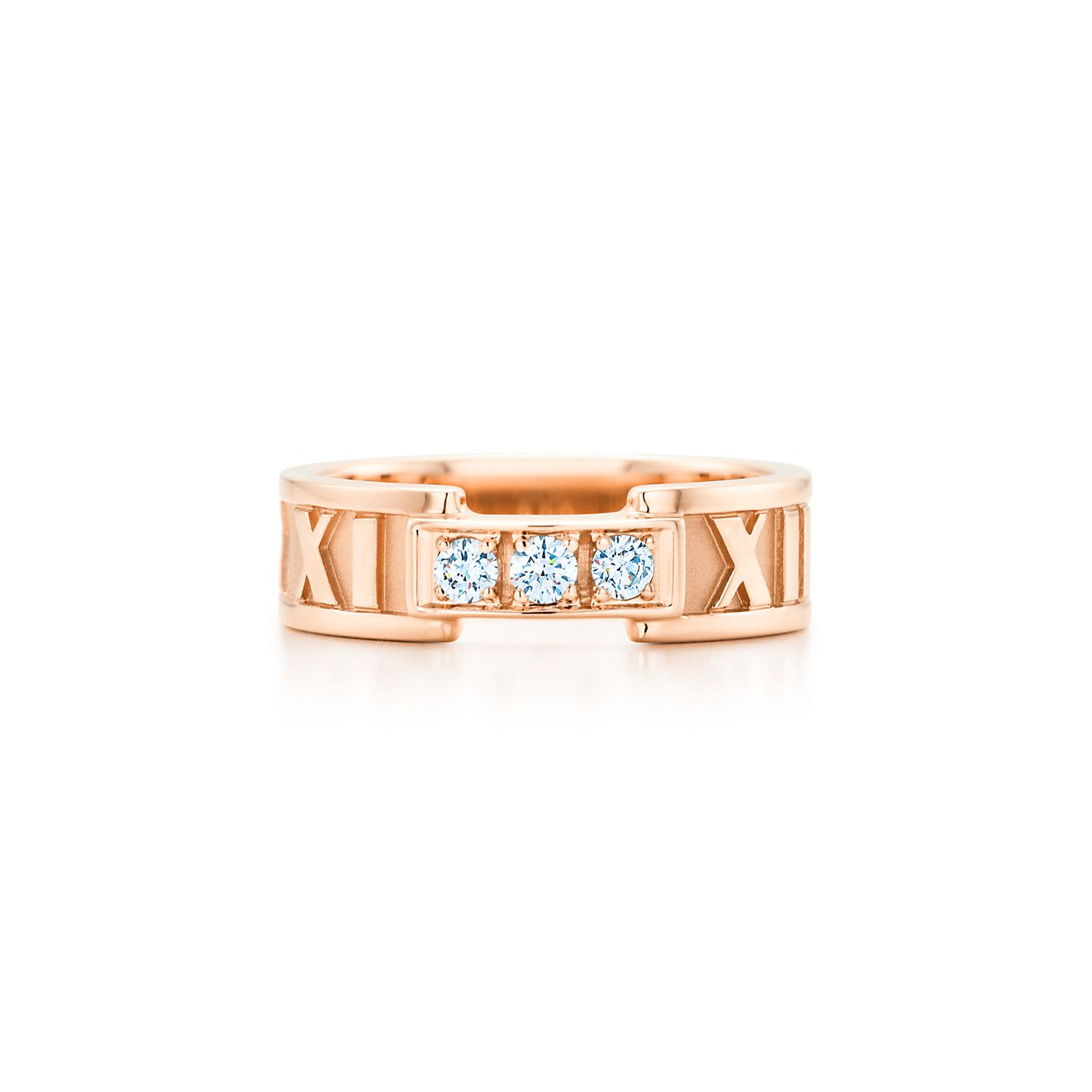Post by palmer7 on Jul 27, 2020 0:18:58 GMT -5
Just saw the pilot earlier this past week, so I thought I'd give this a go.
Second Guess
Host: Greg Palmer
Announcer: John Cramer
Produced by: Pasetta Productions in association with Grundy Television
Network: NBC
Theme Music (originally composed for Blackout) Composed by: Chip Lewis
Opening Spiel: "Today, our contestants could win [four prizes here], and $100,000 in cash here on Second Guess! And here's your host, Greg Palmer!"
Main Game:
Two players (championship red and challenger blue) face a game board with five prizes listed in the center. They were ordered based on value, with the lowest on the bottom and the highest on the top. On either side are paths leading towards those prizes. The left half is for the red player and the right half is for the blue player. The steps go from one for the lowest prize, to five for the biggest prize. The higher the value, the longer the path.
To earn step towards those prizes, they must answer toss-up survey questions (based on polls of 100 people, or whatever questions I can find). The host reads a question which always starts with three possible answers and the first player to buzz-in get to choose one of those answers, hoping to find the most popular answer. Now here's where the show gets its name: The opponent can either
1) agree with the answer, which would give the player who buzzed in one spin if correct, and the opponent one spin by default if incorrect
or
2) "second guess" the buzz-in player by giving an answer of their own; giving the opponent two spins if correct, but the player who buzzed in two spins if wrong
Now here's how the steps are being taken. The player in control of the board faces a three-strip wheel randomly flashing prize names. The prizes are shuffling on all three strips and the wheels stop when a player hits his/her buzzer. Each instance of a prize name is worth one step toward that prize. For example, if a prize appears twice, the player may light up two steps toward that prize. The catch is, that they must take only one prize, unless of course it shows up on all three wheels. When all the steps to a prize on either side are lighted, that prize is given to the player of that color. Once the spin(s) are taken, another toss-up is played. The cycle continued until three prizes are captured, thereby ending the round.
Also, on each reel is the word "WILD", which can be used for any prize whatsoever. If all three wheels show the word "WILD", the contestant wins a $1,000 cash bonus (not part of their main game score) and gets one free step for each prize available in addition to three steps they can use wherever.
If a prize is claimed, the prize is not removed from the wheels. Thus, if all three wheels show an already-claimed prize, that spin is considered "dead" and wasted.
The game is played for two rounds. In round 2, the round ends when four prizes are captured.
The player with the most money in merchandise when they were revealed at the end of game, wins the game and goes on the bonus round. Both players keep all the prizes they win, regardless of the outcome.
Bonus Round:
In the bonus round, the winning player faces a different board. The bonus board has money amounts: $500, $1,000, $2,500, $5,000, $10,000 and $50,000. They each have the same number of steps as the increasing number of prizes from $500 (one step) to $50,000 (six steps). The host starts the round by lighting all four steps to $5,000, crediting the player with that amount.
As in the main game, the player stops the randomizer to light up steps toward the cash amounts. Just like before, when a path is completed, they win the attached cash. There are two differences: On each spin, the maximum number of steps are lighted, and even when a cash prize has been won, it is not removed from the randomizer.
The round can end in one of three ways:
The player may stop at any time and take the money accumulated to that point.
They must light up at least one step to continue, and if a step cannot be lighted, the player loses all the money accumulated thus far.
The player completed the $50,000 path by lighting all six steps at the highest level and thereby winning that money. If the player completes the $50,000 path; their total is automatically augmented to $100,000.
Players stay on until they win 5 games or are defeated. Any champion who wins 5 games wins a luxury car.
So, who wants to play?
Second Guess
Host: Greg Palmer
Announcer: John Cramer
Produced by: Pasetta Productions in association with Grundy Television
Network: NBC
Theme Music (originally composed for Blackout) Composed by: Chip Lewis
Opening Spiel: "Today, our contestants could win [four prizes here], and $100,000 in cash here on Second Guess! And here's your host, Greg Palmer!"
Main Game:
Two players (championship red and challenger blue) face a game board with five prizes listed in the center. They were ordered based on value, with the lowest on the bottom and the highest on the top. On either side are paths leading towards those prizes. The left half is for the red player and the right half is for the blue player. The steps go from one for the lowest prize, to five for the biggest prize. The higher the value, the longer the path.
To earn step towards those prizes, they must answer toss-up survey questions (based on polls of 100 people, or whatever questions I can find). The host reads a question which always starts with three possible answers and the first player to buzz-in get to choose one of those answers, hoping to find the most popular answer. Now here's where the show gets its name: The opponent can either
1) agree with the answer, which would give the player who buzzed in one spin if correct, and the opponent one spin by default if incorrect
or
2) "second guess" the buzz-in player by giving an answer of their own; giving the opponent two spins if correct, but the player who buzzed in two spins if wrong
Now here's how the steps are being taken. The player in control of the board faces a three-strip wheel randomly flashing prize names. The prizes are shuffling on all three strips and the wheels stop when a player hits his/her buzzer. Each instance of a prize name is worth one step toward that prize. For example, if a prize appears twice, the player may light up two steps toward that prize. The catch is, that they must take only one prize, unless of course it shows up on all three wheels. When all the steps to a prize on either side are lighted, that prize is given to the player of that color. Once the spin(s) are taken, another toss-up is played. The cycle continued until three prizes are captured, thereby ending the round.
Also, on each reel is the word "WILD", which can be used for any prize whatsoever. If all three wheels show the word "WILD", the contestant wins a $1,000 cash bonus (not part of their main game score) and gets one free step for each prize available in addition to three steps they can use wherever.
If a prize is claimed, the prize is not removed from the wheels. Thus, if all three wheels show an already-claimed prize, that spin is considered "dead" and wasted.
The game is played for two rounds. In round 2, the round ends when four prizes are captured.
The player with the most money in merchandise when they were revealed at the end of game, wins the game and goes on the bonus round. Both players keep all the prizes they win, regardless of the outcome.
Bonus Round:
In the bonus round, the winning player faces a different board. The bonus board has money amounts: $500, $1,000, $2,500, $5,000, $10,000 and $50,000. They each have the same number of steps as the increasing number of prizes from $500 (one step) to $50,000 (six steps). The host starts the round by lighting all four steps to $5,000, crediting the player with that amount.
As in the main game, the player stops the randomizer to light up steps toward the cash amounts. Just like before, when a path is completed, they win the attached cash. There are two differences: On each spin, the maximum number of steps are lighted, and even when a cash prize has been won, it is not removed from the randomizer.
The round can end in one of three ways:
The player may stop at any time and take the money accumulated to that point.
They must light up at least one step to continue, and if a step cannot be lighted, the player loses all the money accumulated thus far.
The player completed the $50,000 path by lighting all six steps at the highest level and thereby winning that money. If the player completes the $50,000 path; their total is automatically augmented to $100,000.
Players stay on until they win 5 games or are defeated. Any champion who wins 5 games wins a luxury car.
So, who wants to play?







